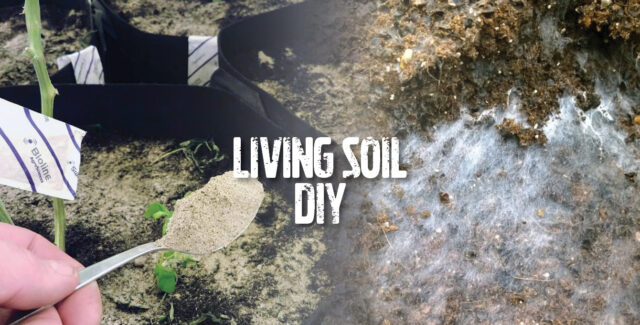
An Easy Recipe To Building Living Organic Soil
In the first part of this series, we explored the new wave of indoor organic growing using living soils and how this cultivation style can achieve superior results while being environmentally sustainable. Now, we will more closely examine the components of a living soil mix and how it works.
A living soil mix differs from a standard potting soil, which is often just a blend of peat, perlite, and synthetic or organic base fertiliser designed to last only a few weeks. The ingredients for standard potting soil are selected mostly based on cost and to allow a smooth production process without any real concern for the quality of inputs. Although living soil may also use peat and perlite, the critical ingredient is a high percentage of quality compost. When blended with natural organic inputs and minerals, the mix can ‘cook’, enabling microbial activity to bring everything to life. This process takes several weeks – not an easy feat for commercial production – and requires specialist knowledge, skill, and attention over this period.
Building the Basis of Living Soil
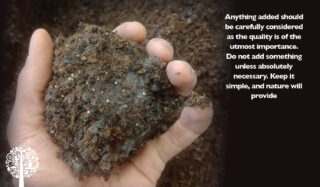
A quality living soil structure needs the right balance of water retention and air space but also must be able to drain freely and dry evenly. There are three components to building a good soil structure: compost, aeration, and organic growing medium.
Compost
Compost sources will either be thermophilic compost or vermicompost. Thermophilic compost is made by mixing and building piles of green and brown plant material, and sometimes manures and other natural by-products. This helps to encourage biological activity from aerobic bacteria. The compost piles are regularly turned to avoid overheating caused by the feeding and reproduction of the microbial colonies, and then, once stable, they mature, allowing a diverse range of micro-organisms to develop.

Vermicompost uses similar ingredients but incorporates the action of worms to break down the organic material without any heat generation. High-quality vermicompost often uses finished thermophilic compost as a proportion of the inputs. The constituents of compost and how the process is managed are essential as they form the engine that drives everything else. Compost is a powerhouse of nutrients and microbes and the life source of your soil mix.
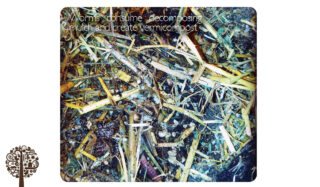
Aeration
Aeration is vital when building a new soil mix. Aeration additives provide small air spaces throughout the mix, allowing root respiration and healthy microbial activity. A functional aeration additive will also add structure to the blend to avoid compaction over time. The most popular options are perlite, pumice or lava rock. Some growers also opt for crop by-products such as rice or buckwheat hulls.
Growing Medium
Finally, we need an organic growing medium to enable both the roots to grow and microbial processes to occur. Sphagnum peat moss is the most popular choice with growers, but coco coir is also a good option. Peat, however, is acid and needs to be pH buffered with the addition of limestone, whereas coco coir doesn’t.
Building Blocks
When building your living soil, an excellent ratio is ⅓ compost, ⅓ aeration, and ⅓ peat or coco. Tweaks may be needed depending on the water-holding characteristics of your compost and aeration additive and the grade of the peat or coco. You can always make a small mix and see how it feels and acts once in a pot. A good rule of thumb is to grab a slightly damp handful, squeeze it, and look for minimal runoff. It should also break apart again quickly when you release your grip. This will encourage strong root development to support vigorous, healthy plants.
Amendments
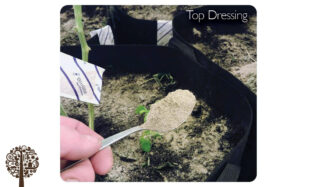
Once the structure is complete, additional inputs are required to help achieve a good nutritional balance. It’s essential to use amendments that break down at different speeds and contain diverse nutrients. Some of the best are kelp (seaweed), crustacean and neem meal, rock dust, limestones, and gypsum. There are options such as fish meal, alfalfa, comfrey, nettle, and insect frass to further boost the soil. Some growers turn to animal by-products to build their soil nutrients, such as blood meal, bone meal, hoof and horn, for a quick and cheap fix, but it is essential to check the sources of these materials as they will often come from non-organic GMO fed livestock, full of antibiotics and growth hormones. A good soil mix can obtain the nutrient sources from plants and the sea, and when in balance, the nutrients will be released slowly throughout the growth cycle.
Basic Recipe
- 1-2 parts kelp/alfalfa/comfrey meal
- 1-2 parts neem/Karanja meal
- 1-2 part crustacean/fish meal
- 6-8 parts basalt rock dust
- 2-3 parts gypsum
This should be all mixed together and used at 200-400g per 50L of base soil. If using peat in your base soil mix, you will need to use some limestone to raise the pH, around 4-6g per L of soil mix.
Trending Articles Today
Similar Articles
Fermenting Food Scraps with Bokashi Composting
Bokashi composting involves fermenting kitchen scraps in a compact bin that can sit on a counter. We take a closer look at this unique composting technique.

Coco Coir A Sustainable And Eco-Friendly Choice For Growers
More and more growers are making coco their substrate of choice these days. Rich Hamilton takes a look at why it’s so popular.
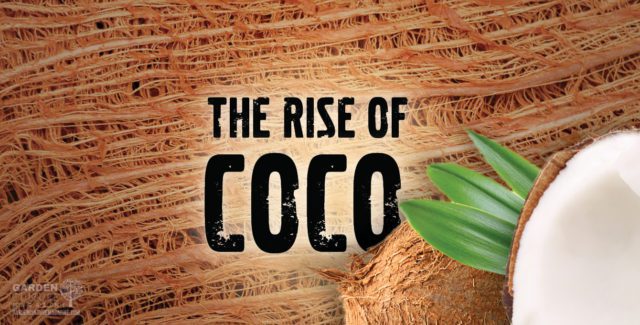
The Dos and Donts of Reusing Substrates
Have you thought about reusing substrates in your home garden? It’s a great way to save time and money, but Stephen Brookes tells us there are a few rules.
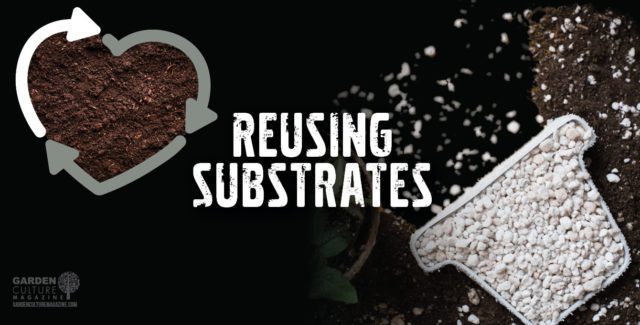

One Response
These are wonderful eye openers for maintenance of our hitherto destroyed soils, for grease to your elbows.